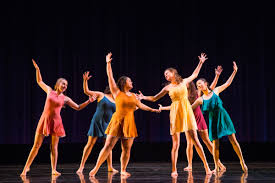 In the world of dance, it isn’t enough to just have a lot of great moves. You must also be able to use dance to tell a story about whatever song you are dancing to. You should match the beat, keep the rhythm, and use choreography to tell the story that you need to tell. For this, there are a lot of different styles and a lot of different ways for people to dance.
In the world of dance, it isn’t enough to just have a lot of great moves. You must also be able to use dance to tell a story about whatever song you are dancing to. You should match the beat, keep the rhythm, and use choreography to tell the story that you need to tell. For this, there are a lot of different styles and a lot of different ways for people to dance.
Choreography Techniques
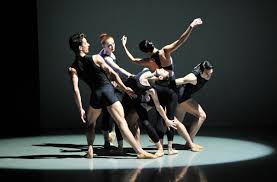 Virtually every style of dance can have some form of choreography that goes into it. It is most noticeable in something like ballet, clogging, tap dancing, and more, where there is a group of people dancing together to the same beat, using the same moves, at one time. This is called dancing in unison, but there are other techniques that many dancers may use.
Virtually every style of dance can have some form of choreography that goes into it. It is most noticeable in something like ballet, clogging, tap dancing, and more, where there is a group of people dancing together to the same beat, using the same moves, at one time. This is called dancing in unison, but there are other techniques that many dancers may use.
Mirroring is a technique where dancers are facing one another and moving in the same ways. Then you have renegade dancing, which is a style of dance where two or more performers dance in reverse order from one another. The canon technique is when a group of dancers do the same moves, but not at the same time. One dancer goes first and then everyone else moves in after them. Shadowing is where one or more dancers stand behind a single dancer and shadow their movements.
You may also have different levels of dancers, which means that some are higher up, for instance on a platform. All of these dance techniques can be further enhanced by the speed and other aspects.
Creating a Choreographed Dance
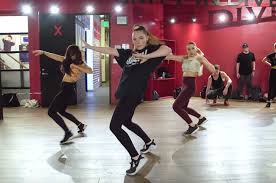 Most dances are created by a choreographer. Their job is to make sure that the dance moves are fun for the dancers and the audience, but must also be able to help everyone move in sync with the music and each other. To do this, they must first listen to the music and plan what steps should be made during specific parts of the song. Their focus is often on the timing of the dance moves and then getting the dancer or dancers to step to the same beat. This is a process that could take weeks or months from start to finish and anyone who loves music and dance can make it look great, even if they are not choreographers. However, a choreographer is able to make possible tweaks to every dance routine to ensure that it is done right. Their job is to help dancers go further than the steps of a song. They make dancers feel the music and become a part of it using only their movements.
Most dances are created by a choreographer. Their job is to make sure that the dance moves are fun for the dancers and the audience, but must also be able to help everyone move in sync with the music and each other. To do this, they must first listen to the music and plan what steps should be made during specific parts of the song. Their focus is often on the timing of the dance moves and then getting the dancer or dancers to step to the same beat. This is a process that could take weeks or months from start to finish and anyone who loves music and dance can make it look great, even if they are not choreographers. However, a choreographer is able to make possible tweaks to every dance routine to ensure that it is done right. Their job is to help dancers go further than the steps of a song. They make dancers feel the music and become a part of it using only their movements.
Why Dance?
The question of why you should dance is going to vary from person to person. It is something that is great for your body and it may already be something you do if you visit an aerobics class where you move the way your instructor tells you to. Dance is great for exercise, and for expressing your love of music. It is a lot of fun and the more people you can get moving together, the more fun it becomes. However, this does not mean that you can not choreograph a song that you alone plan to dance to.
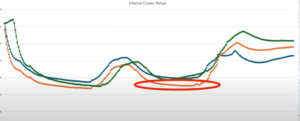 Dance, whether it’s ballet, hip-hop, tap, or any other form, is an art that requires strength, flexibility, and endurance. However, the physical demands of dancing often place significant stress on the body, making dancers vulnerable to injuries such as sprains, strains, and bruises. The intense, repetitive movements, coupled with the high-impact nature of some styles, put pressure on muscles, joints, tendons, and ligaments, often leading to inflammation and swelling. This is where ice packs, specifically
Dance, whether it’s ballet, hip-hop, tap, or any other form, is an art that requires strength, flexibility, and endurance. However, the physical demands of dancing often place significant stress on the body, making dancers vulnerable to injuries such as sprains, strains, and bruises. The intense, repetitive movements, coupled with the high-impact nature of some styles, put pressure on muscles, joints, tendons, and ligaments, often leading to inflammation and swelling. This is where ice packs, specifically 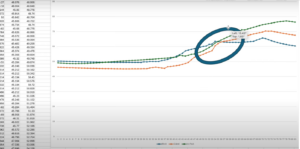 Gel ice packs are a popular and effective tool for managing injuries and minimizing discomfort after a strenuous dance session or performance. When a dancer sustains an injury—whether it’s a twisted ankle, a pulled hamstring, or a sore knee—immediately applying ice to the affected area can help reduce swelling, numb pain, and prevent further tissue damage. This is especially important for dancers, as managing these injuries promptly allows them to return to their training or performances more quickly. The cold from the ice constricts blood vessels, which helps to reduce blood flow to the injured area, thereby minimizing swelling and inflammation. This process, known as vasoconstriction, also helps numb the area, which alleviates pain temporarily.
Gel ice packs are a popular and effective tool for managing injuries and minimizing discomfort after a strenuous dance session or performance. When a dancer sustains an injury—whether it’s a twisted ankle, a pulled hamstring, or a sore knee—immediately applying ice to the affected area can help reduce swelling, numb pain, and prevent further tissue damage. This is especially important for dancers, as managing these injuries promptly allows them to return to their training or performances more quickly. The cold from the ice constricts blood vessels, which helps to reduce blood flow to the injured area, thereby minimizing swelling and inflammation. This process, known as vasoconstriction, also helps numb the area, which alleviates pain temporarily.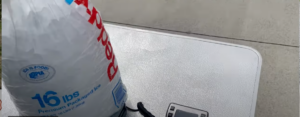 For dancers, using gel ice packs correctly is essential for maximizing their effectiveness. The standard protocol for ice therapy involves the “R.I.C.E.” method—Rest, Ice, Compression, and Elevation. After an injury, the dancer should immediately apply a gel ice pack to the injured area for about 15 to 20 minutes. It is important to avoid applying the ice directly to the skin, as it can cause frostbite. A thin towel or cloth can act as a barrier between the skin and the gel pack to ensure safety and comfort. Repeating this process several times a day during the first 48 hours can significantly reduce swelling and speed up the healing process.
For dancers, using gel ice packs correctly is essential for maximizing their effectiveness. The standard protocol for ice therapy involves the “R.I.C.E.” method—Rest, Ice, Compression, and Elevation. After an injury, the dancer should immediately apply a gel ice pack to the injured area for about 15 to 20 minutes. It is important to avoid applying the ice directly to the skin, as it can cause frostbite. A thin towel or cloth can act as a barrier between the skin and the gel pack to ensure safety and comfort. Repeating this process several times a day during the first 48 hours can significantly reduce swelling and speed up the healing process.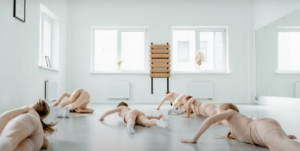 Dance schools, especially in urban or suburban areas, often find themselves located in commercial or industrial zones, depending on the size and layout of the town. These locations are chosen for several practical reasons, such as affordability, accessibility, and ample space for the dance floor, which is a significant requirement for these types of schools. In smaller towns or areas with limited real estate options, dance schools may occupy converted warehouse spaces, industrial buildings, or commercial strip malls, making use of properties that might not attract traditional retail businesses but can accommodate the unique needs of a dance studio.
Dance schools, especially in urban or suburban areas, often find themselves located in commercial or industrial zones, depending on the size and layout of the town. These locations are chosen for several practical reasons, such as affordability, accessibility, and ample space for the dance floor, which is a significant requirement for these types of schools. In smaller towns or areas with limited real estate options, dance schools may occupy converted warehouse spaces, industrial buildings, or commercial strip malls, making use of properties that might not attract traditional retail businesses but can accommodate the unique needs of a dance studio.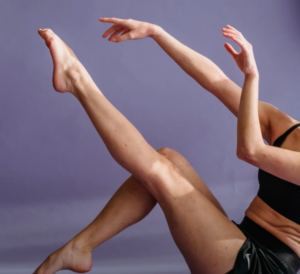 However, there are some downsides to placing a dance academy in these types of areas. One of the main concerns is the lack of a visible, walkable location, which can limit potential students who prefer the convenience of shopping centers or areas with other amenities. Dance studios located in industrial zones may not attract as many casual passersby or new clients, which could limit growth opportunities in the early stages. These locations may also be less conducive to creating a welcoming, community-oriented atmosphere compared to those in more central, retail-heavy districts. Additionally, while commercial and industrial zones offer space, the ambiance may be more utilitarian, which may not align with the warm, artistic environment that many dance schools wish to project.
However, there are some downsides to placing a dance academy in these types of areas. One of the main concerns is the lack of a visible, walkable location, which can limit potential students who prefer the convenience of shopping centers or areas with other amenities. Dance studios located in industrial zones may not attract as many casual passersby or new clients, which could limit growth opportunities in the early stages. These locations may also be less conducive to creating a welcoming, community-oriented atmosphere compared to those in more central, retail-heavy districts. Additionally, while commercial and industrial zones offer space, the ambiance may be more utilitarian, which may not align with the warm, artistic environment that many dance schools wish to project.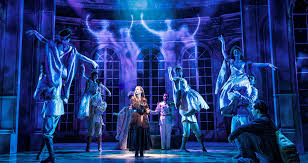
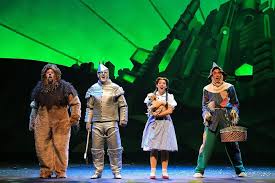
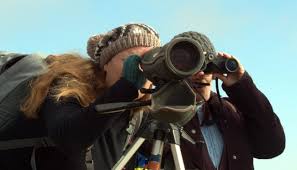
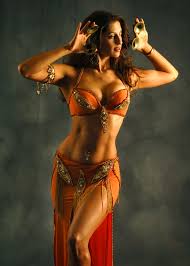 For all dancers, their appearance is a major concern. The dance moves lose some of their appeal if the costume is lacking in some way, especially when performing ballet. Makeup alone can take hours if the costume requires them to look a certain way. Then you add in the hair styles, which are never basic styles, and you add more time to the “pre-show” time. The makeup and the hair have to remain perfect no matter what goes on during the performances. Just because the dancers get sweaty, their makeup must remain the same from performance beginning to performance end. Therefore, a priority for all dancers is to speed up the makeup and hair prep for performances and part of that means looking at only quality makeup options.
For all dancers, their appearance is a major concern. The dance moves lose some of their appeal if the costume is lacking in some way, especially when performing ballet. Makeup alone can take hours if the costume requires them to look a certain way. Then you add in the hair styles, which are never basic styles, and you add more time to the “pre-show” time. The makeup and the hair have to remain perfect no matter what goes on during the performances. Just because the dancers get sweaty, their makeup must remain the same from performance beginning to performance end. Therefore, a priority for all dancers is to speed up the makeup and hair prep for performances and part of that means looking at only quality makeup options.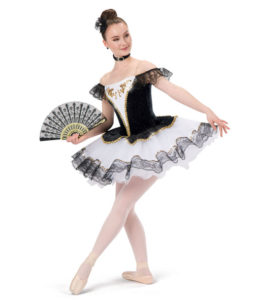
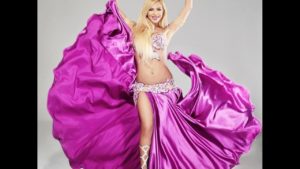
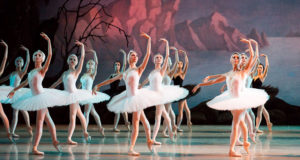 There is a lot of people who enjoy dancing as a hobby or a way to have a great time. What those people may not realize is that it is also a great way to get into good shape. It is one of the most intensive workouts you can take part in. However, this also means that it is very stressful on muscles and if you are not used to doing it; may show you muscles that you never knew you had. As a true dancer, it also means that you may need to discover new ways to relax by unwinding and soaking after a long day of dance class.
There is a lot of people who enjoy dancing as a hobby or a way to have a great time. What those people may not realize is that it is also a great way to get into good shape. It is one of the most intensive workouts you can take part in. However, this also means that it is very stressful on muscles and if you are not used to doing it; may show you muscles that you never knew you had. As a true dancer, it also means that you may need to discover new ways to relax by unwinding and soaking after a long day of dance class.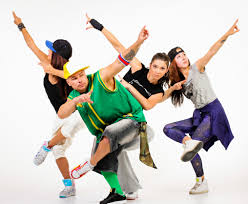 There are several athletes who also dance during their off-season to try and stay nimble enough to hit the field. These athletes include some of the toughest football players in the game. It is simply something that can be done to keep you limber, toned, and strengthened, without having to spend all of your time at the gym. It can also cause those strongest players to feel pain. When it happens, most of them and the professional dancers all agree that there is nothing better than unwinding in a pool to relieve the pains that they feel in their aching muscles and joints. Whether you are a dancer now or simply want to find a way to relax at the end of a stress-filled day, you should read reviews about Bestway pools here to see what these athletes and dancers are talking about. It can relax tight muscles and it is also a great way to stay in shape, since swimming is an exercise in itself.
There are several athletes who also dance during their off-season to try and stay nimble enough to hit the field. These athletes include some of the toughest football players in the game. It is simply something that can be done to keep you limber, toned, and strengthened, without having to spend all of your time at the gym. It can also cause those strongest players to feel pain. When it happens, most of them and the professional dancers all agree that there is nothing better than unwinding in a pool to relieve the pains that they feel in their aching muscles and joints. Whether you are a dancer now or simply want to find a way to relax at the end of a stress-filled day, you should read reviews about Bestway pools here to see what these athletes and dancers are talking about. It can relax tight muscles and it is also a great way to stay in shape, since swimming is an exercise in itself.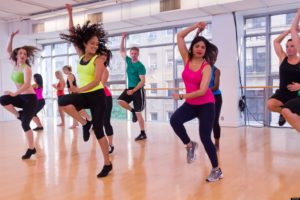 Whether you enjoy dancing ballet, or you prefer to stick with some of the more common, and easily done dances, you should get to it if you are hoping to get into better shape. You will quickly notice that you start breathing heavy and feeling your muscles working. If you keep doing a little dance each day, you will soon discover that your body feels toner and your excess weight is melting away. It is such a great way to spend your time that you will not feel as though you are “working out”, but you will want to also know that there are ways to relieve the aches and pains when you are done. Otherwise, you may forget that you enjoyed it and opt to take yourself back to the gym where things are less painful.
Whether you enjoy dancing ballet, or you prefer to stick with some of the more common, and easily done dances, you should get to it if you are hoping to get into better shape. You will quickly notice that you start breathing heavy and feeling your muscles working. If you keep doing a little dance each day, you will soon discover that your body feels toner and your excess weight is melting away. It is such a great way to spend your time that you will not feel as though you are “working out”, but you will want to also know that there are ways to relieve the aches and pains when you are done. Otherwise, you may forget that you enjoyed it and opt to take yourself back to the gym where things are less painful.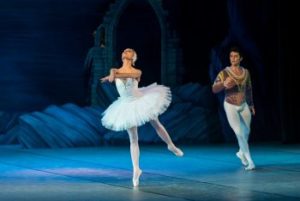 As a beginning dancer, you have to work very hard to become good at the dance steps. It requires endless hours to perfect most moves and even a skilled dancer may have to work hard to keep doing it well. However, with the complication of learning to dance, you must also learn the many words that tell you what the instructor is hoping to see you practice on. This means that many dancers spend almost as much time practicing foot pronunciation as they do learning their routines.
As a beginning dancer, you have to work very hard to become good at the dance steps. It requires endless hours to perfect most moves and even a skilled dancer may have to work hard to keep doing it well. However, with the complication of learning to dance, you must also learn the many words that tell you what the instructor is hoping to see you practice on. This means that many dancers spend almost as much time practicing foot pronunciation as they do learning their routines.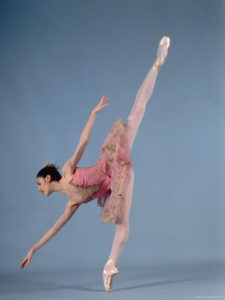 The word “foot” itself is not difficult to say. However, the words for what your foot may be doing when you are dancing is a different story. Whether you are perfecting the “fondu” which is simply lowering you body by bending at the knee, or the “demi-plie”, which is also bending at the knees; it will be vital that you know how to say them and know what they mean in a dance class. The type of dance that you are doing may also impact the types of words that you need to know. Fondu is a basic dance term, and the demi-plie (deh-mee’-plee-ay) is most often a ballet term. This is why many people say that dance is as much about the words as the steps and the music.
The word “foot” itself is not difficult to say. However, the words for what your foot may be doing when you are dancing is a different story. Whether you are perfecting the “fondu” which is simply lowering you body by bending at the knee, or the “demi-plie”, which is also bending at the knees; it will be vital that you know how to say them and know what they mean in a dance class. The type of dance that you are doing may also impact the types of words that you need to know. Fondu is a basic dance term, and the demi-plie (deh-mee’-plee-ay) is most often a ballet term. This is why many people say that dance is as much about the words as the steps and the music.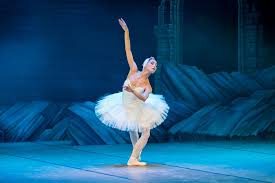 Anyone who does not dance in a dance class, will be lost if you talk to them in dance terms. This means that you cannot simply walk around and use dance terms to others and have them understand what you mean by it. They are not always terms that you will use daily or hear daily. Therefore, perfecting your
Anyone who does not dance in a dance class, will be lost if you talk to them in dance terms. This means that you cannot simply walk around and use dance terms to others and have them understand what you mean by it. They are not always terms that you will use daily or hear daily. Therefore, perfecting your